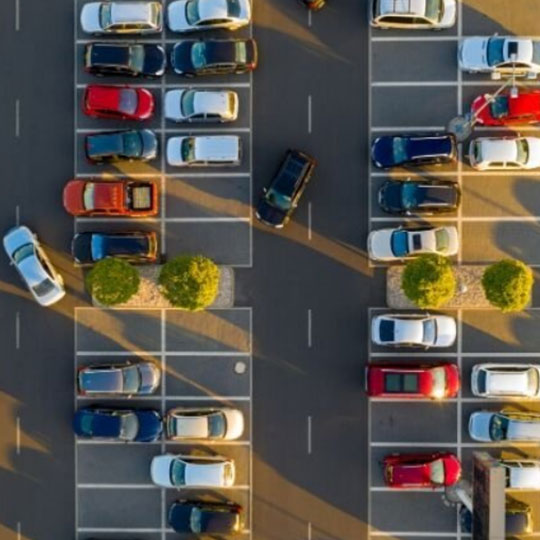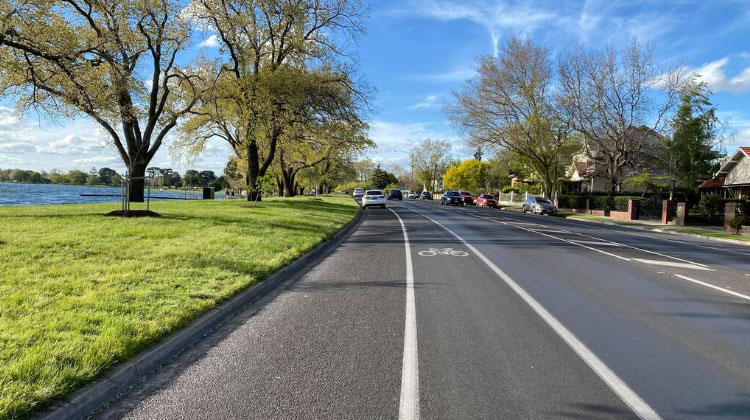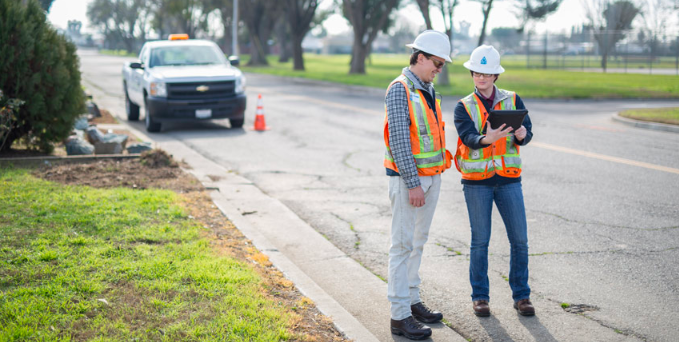What is a Traffic and Parking Assessment?
The aim of a typical Traffic and Parking Assessment is to understand the impacts your development may generate on the surrounding road network’s traffic flows, road safety and car parking provisions, and to develop mitigation measures where required. A Traffic and Parking Assessment will also assess your design’s compliance against relevant Planning Scheme Clauses and Engineering Standards and provide a Traffic Engineer’s Certification that is vital for approval.
When do you need a Traffic and Parking Assessment?
Councils will request you, the developer to submit a Traffic and Parking Assessment also known as a Traffic and Parking Report for most Planning Permit applications when the development is expected to create impacts to both existing parking and traffic operations of the surrounding road network. There are also other variations of these reports such as Traffic Impact Assessments or Car Parking Demand Assessments, those that analyse traffic or car parking related impacts by its own.
A Traffic and Parking Assessment is often required for commercial developments, mixed-use facilities, retail facilities, medical facilities, multi-unit residential developments such as townhouses, units or apartments.
The request for a Traffic and Parking Assessment is generated via a document called Request for Further Information (RFI) that is sent by the Council upon submission of the Planning Permit application together with Town Planning Drawings. These can also be requested by the Council during the preliminary discussion phase of the project. Alternatively, your architect, town planner or developer may decide to include a Traffic and Parking Assessment without waiting for the Council to request it, as it will strengthen your application.
But a professional should make an assessment first regarding whether this is required. We can help with that. Give us a call.
How is a Traffic and Parking Assessment developed?
RedSquare Traffic conducts on-site traffic and parking surveys together with road safety inspections for every project we undertake. It is our way of ensuring we leave no gaps in the work we do. By starting with the traffic and parking surveys, we verify existing traffic and parking conditions. Parking surveys capture the availability vs demand for parking spaces in the surrounding parking facilities. Traffic surveys are often manual or automatic counts performed at intersections to understand existing turning movement counts. Traffic and Parking Assessment Reports also include a review of applicable Planning Scheme Clauses. Clause 52.06 of the Planning Scheme discusses about Car Parking Requirements while Clause 52.34 is pertaining to Bicycle Parking Requirements. There are several other clauses and overlays that can be applicable to your development depending on its location.
Once all background information are established, RedSquare Traffic prepares a Car Parking Demand Assessment which analyses the demand for car parking spaces generated from your development. For residential developments, this includes car parking spaces for your residents and visitors. For retail developments, this is the demand generated for parking spaces from customers. For mixed-use facilities, this is a combination of residents, visitors and customers of your shops.
These calculations are performed based on car parking rates specified in Clause 52.06 of the Planning Scheme. Once parking rates are established, we then review whether the car parking space requirement can be provided within the site boundaries. If not, you may need to apply for a car parking waiver/reduction. There are specific items that need to be addressed by a Traffic Engineer in order for the waiver request to be successful. Some of the key items are, availability of car parking spaces within a 200m radius in non-residential areas, provision of good public and active transport facilities, probability of multi-use trips and any empirical evidence where such parking reductions have been granted in the past. If we run into issues, we can also think about out of the box options such as Basement Car Parks. They are not as complex as you think and we can even do the design for you.
Traffic and Parking Assessment Reports also include a section called Traffic Impact Assessment which looks at the traffic (trips) generated from a certain development and considering the location of major arterial and collector roads, the layout of the surrounding road network and the likely travel patterns of residents, traffic distributions and volume assumptions are made. These traffic volumes are then added on to the exiting traffic volumes of the surrounding network to analyse whether the existing network can cope up with the increase in traffic or whether mitigations are needed to be put in place. This task can often be complemented with traffic modelling conducted using the software package SIDRA Intersection which simulates the ability for a network to handle additional traffic generated from a development. When analysing the traffic impacts, it is important to assess whether intersections are able to cope up with the increased amount of traffic. This is where we prepare something called a Turn Warrants Assessment, which analyses whether the current level of intersection turn treatments (e.g. right turn bays, left turn lanes, slip lanes) are required to be modified as a result of the development. This is often the case for larger developments such as Subdivisions, and not so common with small to medium scale developments. Summarising these traffic impacts, our traffic engineers provide expert opinion of whether the development is expected to put undue pressure on the network or whether the impacts are negligible. Occasionally, we may suggest minor mitigations measures such as signage and linemarking changes to ensure these traffic related impacts are appropriately mitigated.
Above two sections is the core of a Traffic and Parking Assessment Reports. However, RedSquare Traffic provides further assessments in each Traffic and Parking Assessment Report such as Access Design Reviews, Car Park Design Reviews and Road Safety Review. These assessments ensure your development satisfies the Design Standard 01 and Design Standard 02 specified in Clause 52.06 of the Planning Scheme in addition to the content of many traffic engineering and road safety engineering standards.
Once everything is analysed and understood, a RedSquare Traffic Engineer will prepare a Traffic and Parking Assessment Report for submission which will include the following tasks.
- Undertake a site inspection to review existing traffic conditions and parking conditions.
- Review of background documents including applicable Planning Scheme clauses.
- Description of existing transport conditions.
- Description of the proposed development.
- Parking demand assessment against Planning Scheme clauses, relevant Australian Standards, and empirical evidence.
- Traffic and Parking surveys.
- Justifications for any reduction in car parking spaces according to Clause 52.06.
- Traffic generation, distribution, and assignment.
- Turn warrants assessment.
- Access design, accessway and parking spaces review against Clause 52.06.
- Road safety review.
- A traffic engineer’s expert opinion on whether the development can operate successfully without creating undue pressure on existing traffic and parking facilities.
When a comprehensive Traffic and Parking Assessment Report is accompanied with a Planning Permit application, there is an increased probability of your Planning Permit application getting approved without much hassle. RedSquare Traffic’s experienced traffic engineers are able to assist you throughout this process from start to finish. Give us a call today to find out how to get one arranged.
Key Output(s): Parking Demand Assessments, Parking Surveys, Traffic Impact Assessment












